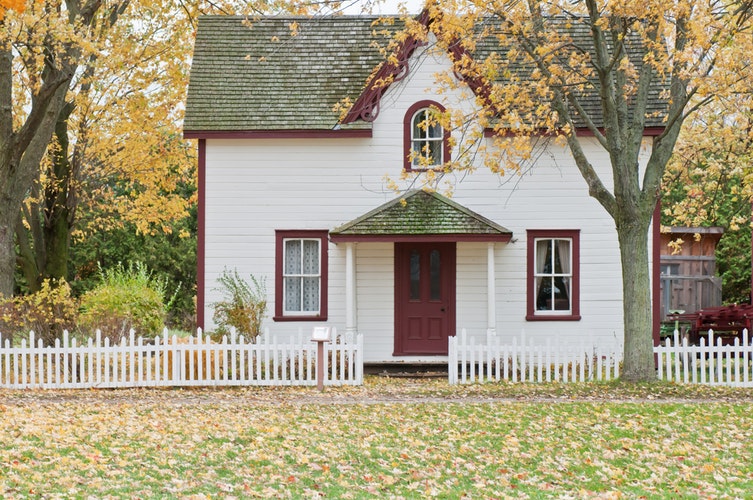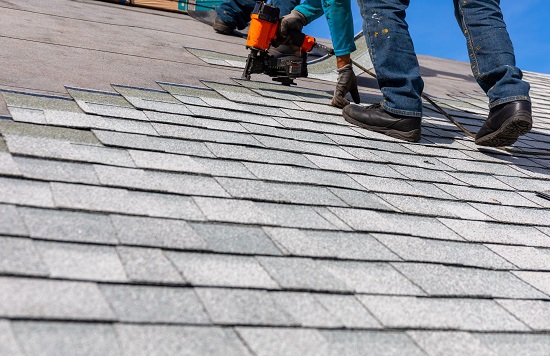Coming home to a house with a roof over your head is one of the most satisfying emotions of becoming a homeowner. In case of damages, you can choose to fix your roof with TecHero Roofing Inc., as realizing that you will have to replace that roof at some point is a frightening prospect. As a result, it is understandable that homeowners want their existing roofs to survive as long as needed. Fortunately, with proper maintenance, getting a roof to last may be simple. Consider these eight roof care techniques to keep your roof in excellent shape for a longer period.
Clean the gutters
Most of us are aware of the issues that blocked gutters can cause, such as flaking wall paint and decaying wood. However, clogged gutters can overflow with debris, leaves, and bugs, causing rain to wash up rather than down. Water can destroy the roofing and the supporting beams that keep it in place over time, and this is most likely to result in expensive fixtures. Before the spring and fall seasons, clean out your gutters.
Check for shingles
Similarly, summer can be extremely damaging to your roof. Excess heat can cause your roof’s shingles to shrivel or fracture, and violent summer storms can completely pull them off the roof. While lengthy roofs survive for many years, harsh summer weather, such as tropical storms and hurricanes can cause damage to even the most durable roofing systems. Looking over your roof will help you spot any damaged or missing shingles.
Remove moss
While moss gives your roof a splash of color and a wonderful woodland appearance, the harm it does is far from a fantasy. Moss will destroy many types of roofs, including concrete, asphalt, and wood, if allowed to grow unchecked. When moss grows between shingles, it will eventually bulk up and displace the shingles further from the roof, allowing water to enter. In addition, the moss itself is a water reservoir. Wood rot and leaks will follow closely. You will need to brush the moss off or get someone to do it for you to reduce damage.
Trim tree branches
Branches and limbs that are knocked free during or after a storm may cause instant roof damage and allow easy access for rodents and other animals to enter your home. Clearing away any dangerous branches is one of the simplest and best roof maintenance ideas. Trim down tree limbs and other vegetation that grow very close to your house to ensure that it won’t create any problems during a sudden outbreak of poor weather. To avoid foundation damage, make sure that most ground landscaping or bushes leave adequate space for your gutters to drain water away from your property.
Insulate
Excessive moisture, which leads to rotting, is far less likely to be a problem on a roof that is adequately insulated and vented. Have your attic inspected to ensure you have the proper — and sufficient — insulation. The importance of ventilation cannot be overstated.
Keep an active maintenance routine
One of the greatest roof maintenance recommendations is to hire a qualified roofer to inspect your roof thoroughly. You may undertake a lot of roof care yourself as a homeowner to safeguard your roof and extend its life, but you might overlook indicators of deterioration or decay that an expert would see almost immediately. Consider planning for a roof check once or twice a year, especially after major storms, if you expect your roof to survive as long as needed and look good.
Remove snow
After a big snowfall, ice dams can form on roofs. The roof warms up because of the warm air in the attic, melting the snow. Melted water becomes trapped and seeps through the roof, staining the ceilings and peeling the paint. To avoid ice dams, double-check your insulation and ventilation in the winter to ensure that your attic is cool enough to prevent ice dams from forming. It’s critical to prevent ice dams as we enter the chilly fall and winter months.
Check for leaks
While a visual assessment of your roof’s exterior might reveal a lot about its condition, you may not detect leakage or infiltrations from the surface. Inspect your ceilings, especially in the attic, when performing roof repair. Look for any indications of water damage or dampness and take action before it’s too late.
With roofing, the things you can’t see are typically the most important. Regular inspections are required to keep your roof in good condition. Seasonal or yearly inspections will extend the life of your roofing systems, eliminating leaks that cause damage, expensive repairs, and the need for a full roof replacement.
click here for more details









